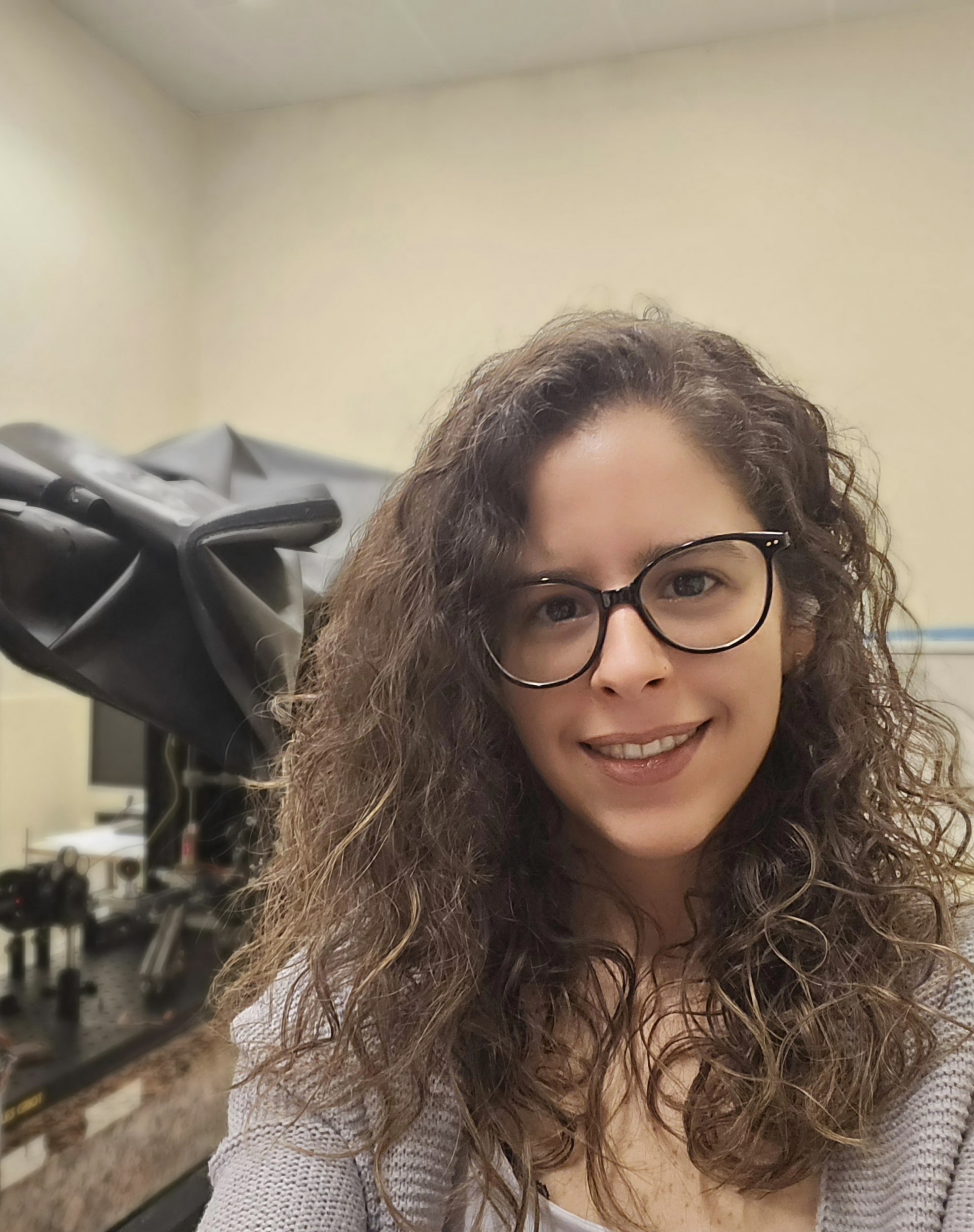Lea Abi Nassif is a physicist and a Bienvenüe Cofund 2023 fellow. She is working on the Belenos project since October 2023 at the OPTIMAG laboratory of University of Western Brittany. She is telling us how she is using optical properties to investigate pathologies of blood coagulation.
Hello Lea, what are your scientific interests?
I am working in physics with applications to biology, two fields I am interested in since little. Physics seem more logical to me and I am using to understand better biology. During my thesis between the University of Western Brittany and the Saint-Joseph University in Lebanon, I worked on the elaboration and physical and chemical characterization of biomaterials for applications in the maritime and the medical domains.
After my thesis, I studied optical properties of biological environments such as treated teeth for decay extraction and reconstructed human epidermis.
How did the Belenos project come to life?
I am investigating the optical properties of plasma, and in particular the light scattering of a laser in this environment and its repartition. When plasma proteins evolve into a fibrin mesh network, the light strength, and therefore the sample scattering is evolving as well. However, it has been recently demonstrated that the recurrence risk of thrombosis is linked to a anormal structure of the clot. Our optical method could indicate if there is effectively a recurrence risk.
The optical method I am developing is moreover easy to implement. I am then comparing my results with classical methods for analyzing this type of pathologies.
I am working within the optics team at OPTIMAG, a laboratory working more largely in optics and magnetism for applications in biology and agriculture. I collaborate with the GETBO, a dedicated study group for thombosis in Western Brittany.
Why did you choose OPTIMAG for this project?
The University of Western Brittany, in particular the OPTIMAG lab, and the Saint-Joseph Unversity of Beyrouth have a successful partnership since more than 15 years. I already knew UBO as I did there double-degree masters studies, a traineeship and my thesis. When I went back to Lebanon, I collaborated with the OPTIMAG team and I learned more about them. After a few years as a lecturer in Lebanon, I wanted to do more research. Because of the economic crisis and COVID, is had become difficult to get necessary equipment for my research in Lebanon and that was a reason for spending more time on teaching.
At OPTIMAG, I am finding a team I already knew well, which was easier to prepare the future. Besides the equipment at the lab, I am also using UBO’s technological platforms such as PIMM (Imaging and Microscopy Measurement platform), which allows for example to study blood clots at the microscopic scale.
What are your plans for the future?
I would like to continue working on medical applications of optics. For now, it is on thrombosis, but maybe with more clinical application. I am interested in the adaptation of treatments and how my method can contribute to it.
I want to keep ties with Lebanon, by perpetuating existing collaborations, in food and dermatological domains.
I finally was recently awarded a Marie Sklodowska-Curie Postdoctoral Fellowship. The ECLIPSE project will begin in November 2025 at the OPTIMAG laboratory at UBO, in a continuous collaboration with the GETBO group to carry on the work on venous thromboembolism and the reoccurrence risk.
